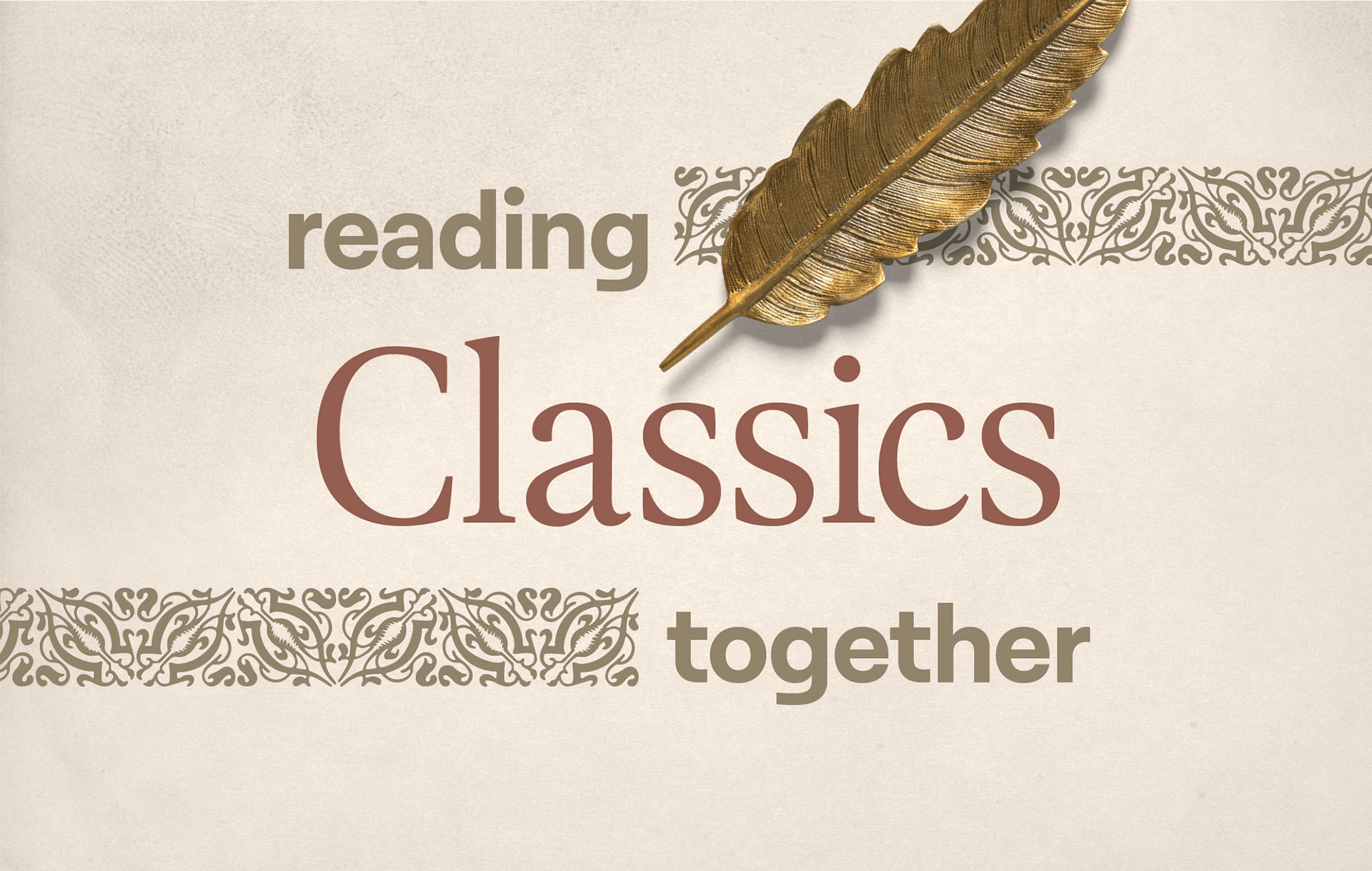“Put to death the deeds of the body…”
Today is the first day of the second round of Reading the Classics Together. Having enjoyed J.C. Ryle’s Holiness over a period of eight weeks, we are ready to move on to the next book. Between comments, email, and face-to-face interaction, I think I can safely say that at least several hundred people have indicated an interest in joining in this effort as we read John Owen’s Overcoming Sin and Temptation. If you’d like to know more about this project, you can read about it right here: Reading Classics Together.
Reading John Owen is no simple task. He is difficult to read, in the first place, because of stylistic issues. Though the book has stood up well over the 350 years since its publication, it does feel foreign and antiquated in many regards. There is work to be done to make the transition between the old English and the new. Owen is difficult to read in the second place because of the density of his material. His writing is not short on length or on breadth. More than any other author I’ve read, Owen requires careful, slow reading. I read even just this short chapter three times before I really felt that I understood it. Having said all of that, I did not find reading this text onerous. I wanted to read the text carefully and to ensure that I understood Owen. And I wanted to do this because of the long line of godly men and women who have said that this book has challenged them like no other. If it has meant so much to so many of my heroes, I am going to put my hand to the plow and ensure that I learn from it too.
I am going to offer a short summary of the chapter and a couple of brief reflections. At that point I’ll ask that you feel free to post your own questions, comments or reflections.
Summary
The first chapter is an exposition of Romans 8:13 (which I’ll provide in the ESV): “If you live according to the flesh you will die, but if by the Spirit you put to death the deeds of the body, you will live.” Owen structures the exposition around five points:
- A duty prescribed: “Mortify the deeds of the body.” He shows that “the body” refers to the corruption and depravity of our natures; he shows that the deeds that must be mortified are primarily the inward causes, the “roots” of sin; and he shows that to mortify is to kill something—to have its power, life, vigor and strength to produce its effects taken away.
- The persons denoted to whom it is prescribed: “You”—“if you mortify.” He proves here that “you” refers only to believers—to those in whom the Spirit dwells.
- A promise annexed to that duty: “You shall live.” Owen shows that this does not refer to justification, the life that believers have already been given, but to the joy, comfort and vigor of the Christian life.
- The cause or means of the performance of this duty—the Spirit: “If you through the Spirit.” In this section Owen shows that it is only through the power of the Holy Spirit that Christians can truly mortify sin.
- The conditionality of the whole proposition, wherein duty, means, and promise are contained: “If you,” etc. All that has been listed in the previous points is dependent on that little word “if.” Life is given only where a choice is made to mortify the deeds of the body.
Three times Owen comes to a conclusion (or thesis or proposition):
- The choicest believers, who are assuredly freed from the condemning power of sin, ought yet to make it their business all their days to mortify the indwelling power of sin.
- The mortification of indwelling sin remaining in our mortal bodies, that is may not have life and power to bring forth the works or deeds of the flesh, is the constant duty of believers.
- The vigor, and power, and comfort of our spiritual life depends on the mortification of the deeds of the flesh.
Discussion
There were two things that stood out to me in this chapter (or at least that stood out above the rest). The first was this statement: “Mortification from a self-strength, carried on by ways of self-invention, unto the end of a self-righteousness, is the soul and substance of all false religion in the world.” We are able, of our own power, to put aside certain sins or to appear that we have escaped from them. But this must not be the same as truly mortifying them. If we are to mortify our sins through the Holy Spirit, sins that we attempt to deal with on our own must not be truly mortified. We may escape them for a time or make ourselves believe that we have left them behind. But if they are not truly mortified, they must still exist within, perhaps just waiting for opportunity to spring back. Assuming that Owen is correct, mortification from a self-strength is extremely dangerous and, as he says, the soul and substance of all of the world’s false religion. This shows how important it is to deal with sin properly and biblically.
The second point that stood out was the final sentence in the chapter. “The vigor, and power, and comfort of our spiritual life depends on the mortification of the deeds of the flesh.” I couldn’t help but remark in the margin of my book how much this is at-odds with so much of what we see in the Christian world today. Very rarely will you find a Christian bestseller that hints at the idea that putting away our sin through the power of the Spirit is the key to vigor, power and comfort in our faith. At those times that I feel my faith is weak and at the times that I feel lifeless and powerless, perhaps the first place I should look, then, is to my own heart to see if there is sin there that I’ve refused to deal with—sin that I’ve refused to ask the Spirit to destroy. Mortification, it seems, is a choice. I need to make the choice to deal with my sin and need to make the choice to do so through the power of the Spirit.
Next Time
Next Thursday we will continue with the second chapter of the book. We have only just begun so there is still plenty of time for you to get the book and to read along.
Your Turn
I would like to know what you gained from this chapter. Feel free to post comments below or to write about this on your own blog (and then post a comment linking us to your thoughts). Do not feel that you need to say anything shocking or profound. Just share what stirred your heart or what gave you pause or what confused you. Let’s make sure we’re reading this book together.










